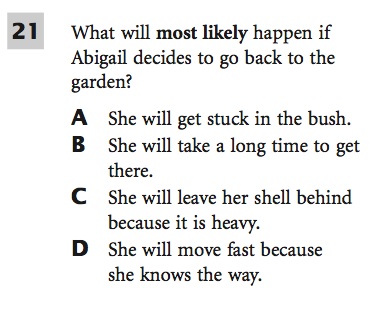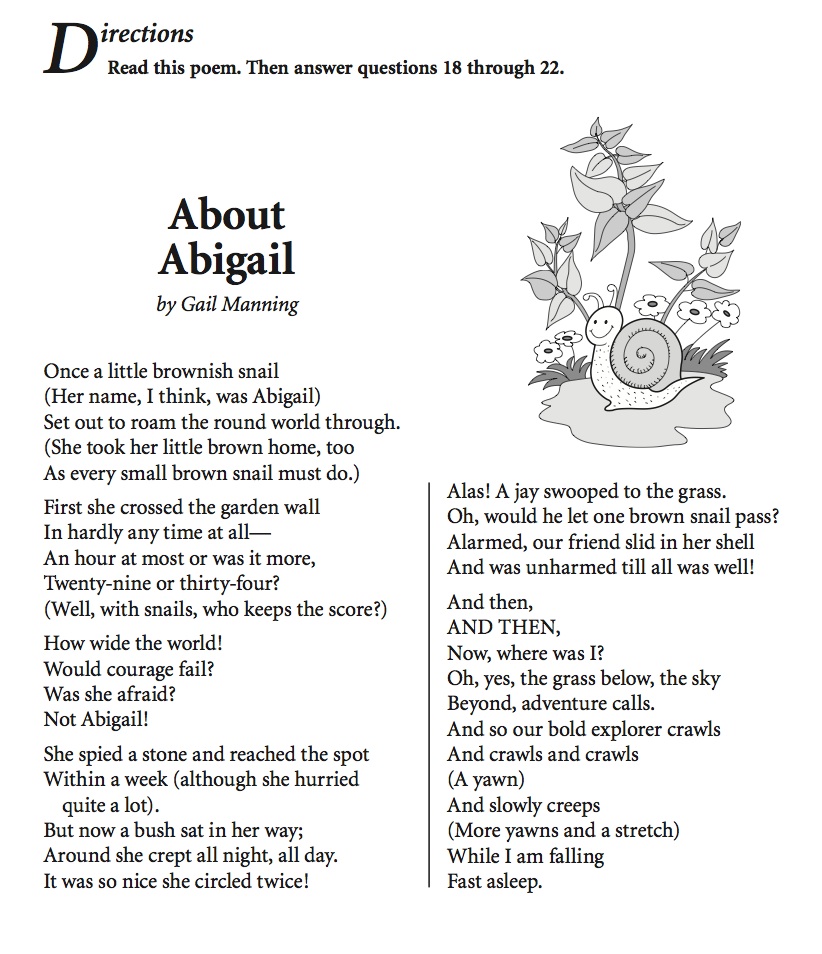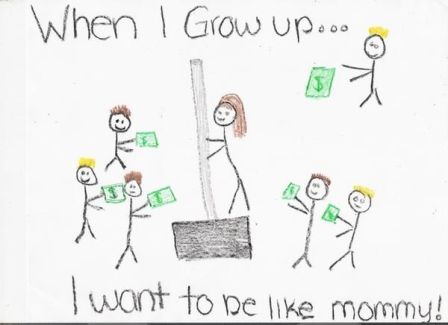I am proud to announce that I have recently published a chapter in this book on teaching literature through technology. You can ignore the description; it seems to have been inadvertently switched with that of this book
on teaching literature through technology. You can ignore the description; it seems to have been inadvertently switched with that of this book . Neither page describes my chapter, but you can read the abstract on the publisher’s page, or I could just tell you what it’s about.
. Neither page describes my chapter, but you can read the abstract on the publisher’s page, or I could just tell you what it’s about.
Unlike this blog, the book chapter is actually about teaching Shakespeare! No riddles. No anagrams. No politics. (Well, maybe a little bit of politics.)
Here is the basic idea. I begin by citing experts who are skeptical of the ability of elementary school students to do Shakespeare. Specifically, I discuss the Dramatic Age Stages chart created by Richard Courtney .
.
Courtney describes “The Role Stage” as lasting from ages twelve to eighteen, at which point students are capable of a number of new skills that I would consider essential for understanding Shakespeare in a meaningful way. These skills include the ability to think abstractly, to understand causality, to interpret symbols, to articulate moral decisions, and to understand how a character relates to the rest of the play. So based on this chart, I would have to conclude that a student younger than twelve would not be ready to appreciate Shakespeare in these ways.
But Courtney bases his chart on the framework of developmental phases of Swiss psychologist Jean Piaget . These phases describe what a lone child can demonstrate under testing conditions. A more accurate and nuanced way of looking at development is provided in the work of Soviet psychologist Lev Vygotsky
. These phases describe what a lone child can demonstrate under testing conditions. A more accurate and nuanced way of looking at development is provided in the work of Soviet psychologist Lev Vygotsky , who described a “Zone of Proximal Development” (ZPD), which is a range between what a child can demonstrate in isolation, and what the same child can do under more social conditions.
, who described a “Zone of Proximal Development” (ZPD), which is a range between what a child can demonstrate in isolation, and what the same child can do under more social conditions.
So I wondered if fifth-grade students (aged 10) would have some of the skills associated with “The Role Stage” somewhere in their ZPD. If so, a collaborative class project should provide enough scaffolding to develop those skills and allow ten-year-old students to understand and appreciate Shakespeare on that level.
So I developed and implemented a unit to teach Macbeth to a fifth-grade class in the South Bronx, using process-based dramatic activities, a stage production of the play performed for their school, and a web-based study guide to apply what they had learned. The idea was to use collaborative projects to get the kids to work together to make collective sense of the play. I then examined their written work for evidence that they had displayed the skills associated with “The Role Stage” in Courtney’s chart, and I was able to find a great deal of it.
I also create a three-dimensional rubric to assess the students’ work over the course of the unit. I say a three-dimensional rubric because I use the same eight categories in all three rubrics, but they develop over time to reflect the increased sophistication that I expect the students to demonstrate. I then compare the students’ performance-based rubric scores to their reading test scores to demonstrate that standardized testing paints only a very limited picture of what a student can achieve. (I did say that it had a little bit of politics.)
Anyway, that’s what my chapter was about. I just saved you $180! And I’m hoping to return to a regular blogging schedule soon, so more content is hopefully on the way.



